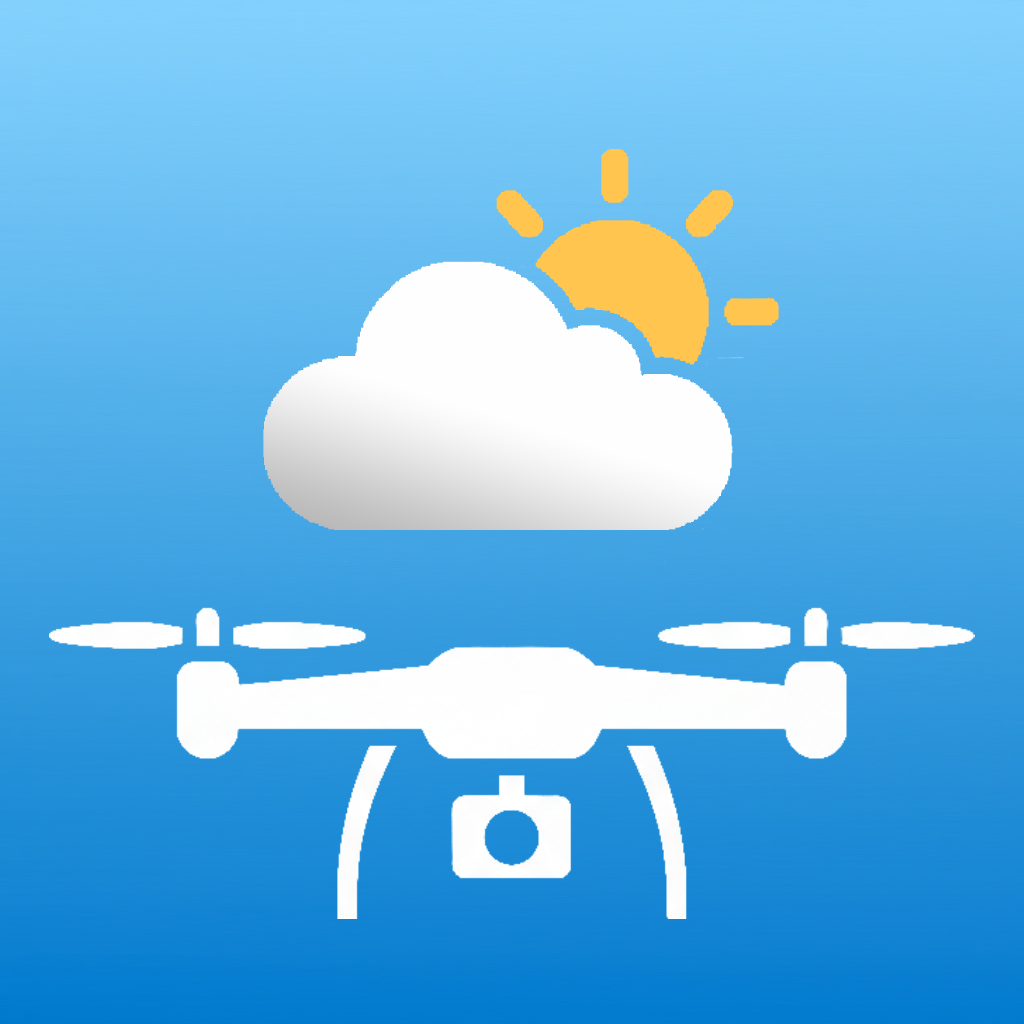
Flight Safety Algorithm
How Weather4Fly Determines Flight Safety
🧠 Intelligent Weather Analysis
Weather4Fly uses a sophisticated multi-parameter algorithm to assess flight conditions specifically for drone operations. Unlike generic weather apps, our system considers your drone's specific capabilities and limitations to provide personalized safety recommendations.
Key Parameters Analyzed
Wind Analysis
Dynamic thresholds based on drone weight:
- Ultra-light (<150g): 25% of max wind speed
- Mini drones (<300g): 30% threshold
- Consumer drones (<1kg): 40% threshold
- Professional drones: 50-60% threshold
Includes gust sensitivity analysis and effective wind calculation.
Temperature Impact
Battery performance optimization:
- Optimal temperature range detection
- Cold weather battery capacity reduction
- Overheating risk assessment
- Pre-warming recommendations
Precipitation Check
Water resistance evaluation:
- Drone-specific IP rating consideration
- Ice formation risk (below 2°C)
- Visibility reduction from precipitation
- Equipment protection recommendations
Visibility Assessment
Visual line of sight requirements:
- Excellent: >5km visibility
- Caution: 1.5-5km (reduced operations)
- Danger: <1.5km (high risk)
- Obstacle avoidance considerations
K-Index Monitoring
Geomagnetic activity impact on GPS:
- 0-2: Quiet conditions (GPS reliable)
- 3-4: Unsettled (generally okay)
- 5-6: Active (monitor GPS signal)
- 7+: Storm conditions (GPS unreliable)
Lighting Conditions
Time-of-day flight safety:
- Daylight: Optimal visual conditions
- Night: Requires extra lighting and caution
- Twilight: Challenging visibility
- Regulatory compliance considerations
Decision Logic
✅ Safe to Fly
All parameters within safe thresholds for your specific drone model. Conditions are excellent for flight operations.
⚠️ Caution
One or more parameters require attention. Flight possible but with increased vigilance and safety measures.
🚫 No Fly
One or more parameters exceed safe limits. Flight not recommended due to high risk of incident or equipment damage.
Advanced Wind Calculation
Effective Wind Speed Formula
Effective Wind = max(Current Wind, Adjusted Gust × 0.8)
Gust Ratio = Wind Gust ÷ Current Wind
Adjusted Gust = (Gust Ratio > Sensitivity) ? Wind Gust : Current Wind
This calculation accounts for both sustained winds and gust conditions, with sensitivity varying based on drone weight and stability characteristics.
Drone-Specific Profiles
🪶 Ultra-Light Drones (<150g)
Extremely conservative thresholds due to high wind sensitivity. Examples: DJI Neo, HoverAir X1.
📱 Mini Drones (<300g)
Balanced approach for popular consumer models. Examples: DJI Mini series, Autel Nano.
🎥 Consumer Drones (<1kg)
Standard thresholds for most recreational and prosumer models. Examples: DJI Air, Mavic series.
🏭 Professional Drones (<5kg)
Higher wind tolerance for commercial operations. Examples: DJI Matrice, Autel EVO II Pro.
🌾 Agricultural Drones (5kg+)
Maximum wind tolerance for heavy-duty operations. Examples: DJI Agras, XAG P-series.
Safety Score Calculation
Each parameter receives a score based on its safety status:
- Safe: 100 points
- Caution: 60 points
- Danger: 20 points
The overall safety score is the average of all parameter scores, used for ranking and sorting flight windows throughout the day.
Continuous Improvement
🔬 Algorithm Evolution
Our flight safety algorithm is continuously refined based on meteorological research, pilot feedback, and real-world flight data. We regularly update drone profiles and safety thresholds to reflect the latest aircraft capabilities and safety standards.
Recent improvements include:
- Enhanced gust sensitivity modeling
- Improved battery temperature algorithms
- Expanded agricultural drone support
- Real-time K-index integration
⚠️ Important Disclaimer
While our algorithm is based on meteorological science and extensive drone performance data, it serves as a decision-support tool only. Pilots must always use multiple weather sources, exercise proper judgment, and comply with all applicable regulations. Weather4Fly does not replace pilot responsibility for flight safety decisions.